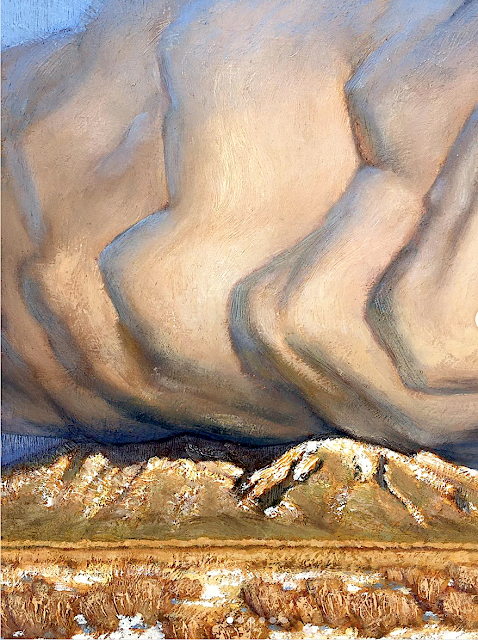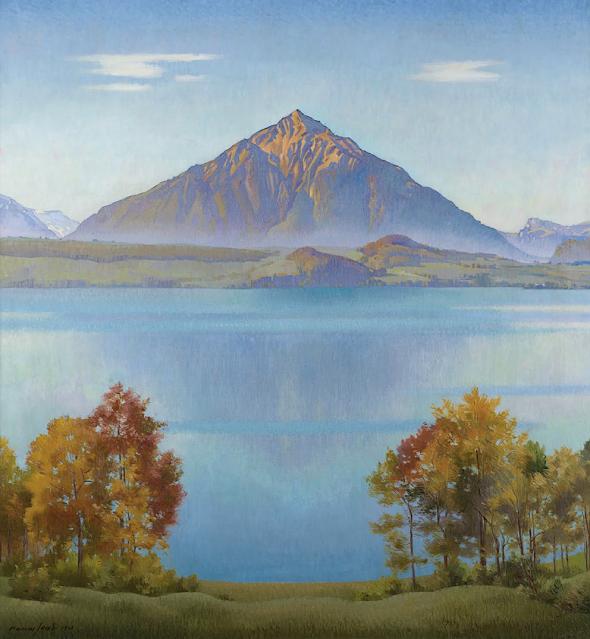La montagne
Pueblo Peak (2 631 m - 8 632 pieds) est le point culminant du massif des Pueblo, une chaîne de montagnes des États-Unis située principalement dans le sud-est de l'Oregon et partiellement dans le nord-ouest du Nevada. La plupart des montagnes Pueblo sont gérées par le Federal Bureau of Land Management, Bien qu'il n'y ait pas de zone sauvage désignée comme telle dans ces montagne, y voyager peut être très difficile. Le Desert Trail qui traverse les montagnes n'est pas un sentier de randonnée aménagé. Le parcours est simplement balisé par des cairns rocheux qui servent de repères. Les cairns ont été construits dans le cadre d'une coopération entre le Bureau of Land Management, le Département des parcs et des loisirs de l'Oregon et la Desert Trail Association (une organisation privée). La Desert Trail Association publie une carte topographique pour les randonneurs qui donne des indications de cairn en cairn.
Le pâturage des bovins et des moutons dans les montagnes de Pueblo a commencé lorsque les premiers ranchs ont été établis le long du bord oriental des montagnes au milieu des années 1860.
Les mineurs ont été parmi les premiers à explorer ces montagnes. Il y a au moins 18 endroits où l'exploitation minière a eu lieu dans le passé.
L'énergie éolienne est actuellement à l'étude dans les montagnes Pueblo. Le test a permis à une entreprise privée d'énergie éolienne d'installer, d'exploiter et d'entretenir deux pôles météorologiques.
Le peintre
William Victor Higgins était un peintre et enseignant américain, né à Shelbyville, Indiana. Il a étudié à l'Art Institute de Chicago et à la Chicago Academy of Fine Arts. A Paris, il fut l'élève de Robert Henri, René Ménard et Lucien Simon, et lorsqu'il était à Munich, il étudia avec Hans von Hayek. Il était associé de la National Academy of Design. Higgins s'installa à Taos, Nouveau-Mexique en 1913 et rejoignit t en 1917 la Taos Society of Artists fondée deux ans auparavant par Joseph Henry Sharp, W. Herbert Dunton, Eanger Irving Couse et Oscar Edmund Berninghaus.
En 1923, il fonde la Hartwood Foundation avec Louise Harwood et Bert Phillips. Il peint alors de nombreuses oeuvres représentant la chaîne de montagnes entourant la ville de Taos et notamment les montagnes de Pueblo. Pendant la Dépression, il a été chargé de peindre une peinture murale à l'intérieur du palais de justice du comté de Taos financée par le PWAP, intitulée Moises, El Legislador.
_________________________________________
2022 - Wandering Vertexes ....
Errant au-dessus des Sommets Silencieux...
Un blog de Francis Rousseau

,%20Der%20Ko%CC%88nigsee%20mit%20dem%20Watzmann%20-%201837.jpg)

-Cinque-Torre-Bei-cortina,-Su%CC%88d%20tirol.jpg)


-%20Les%20Eaux%20Bonnes%20dans%20les%20Pyre%CC%81ne%CC%81e%CC%81es%20vers%201840%20Lithographie%CC%81%20par%20J.%20Kernot%20-%20Pic%20du%20midi%20d'OSsau%20.jpg)

-%20-%20Vercors,%20hiver,%20paroi,%20gel%20(II),%20lavis,%202019,%2016x25cm-%20Vercors,%20hiver,%20paroi,%20gel%20(II),%20lavis,%202019,%2016x25cm.png)
,%20Savie%CC%80se%20in%20Valais%20(Morning%20in%20the%20mountains),%201912.png)

%20New%20Plymouth%20and%20Mt%20Taranaki:%20Egmont%20in%20background-%20ALexander%20Turnbull%20LIbrary.jpeg2.jpg)







